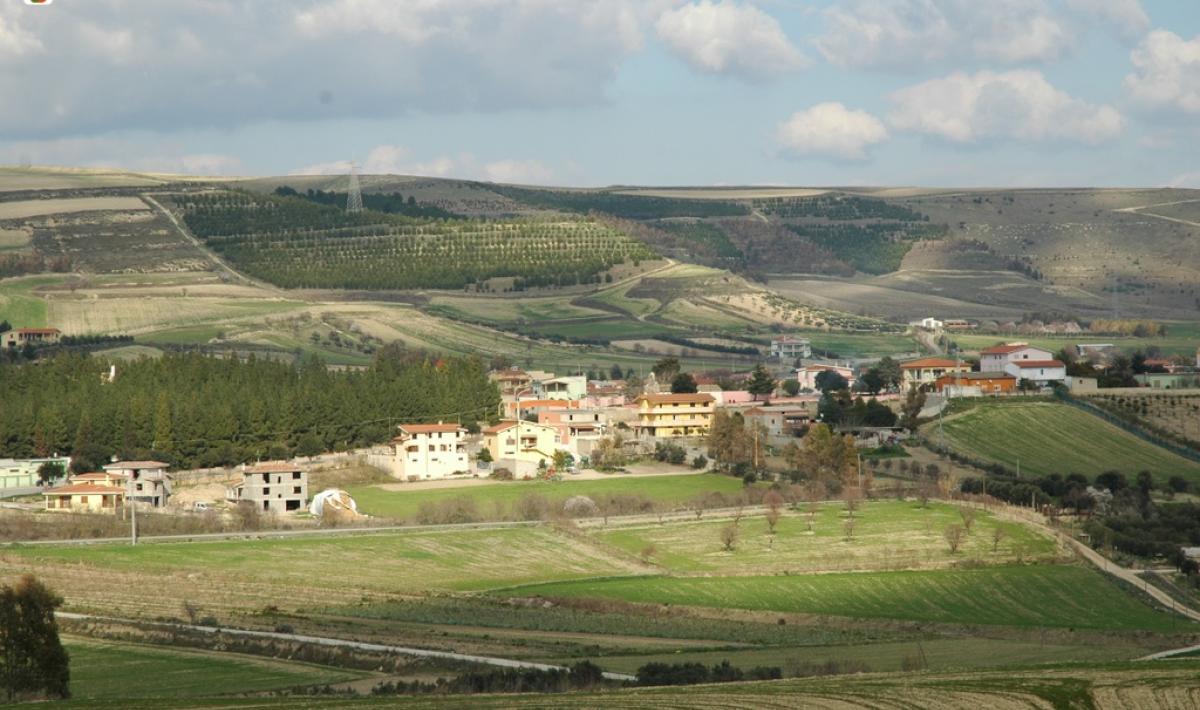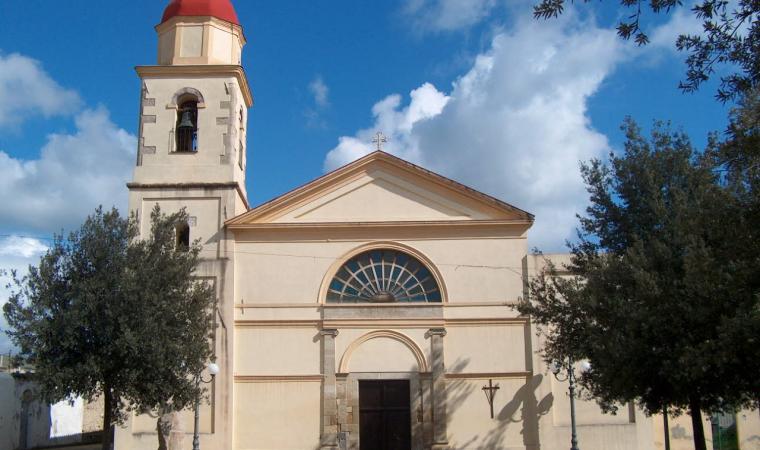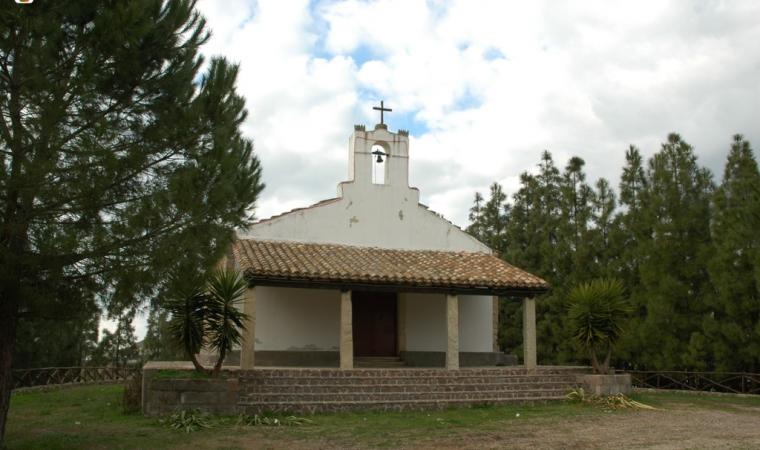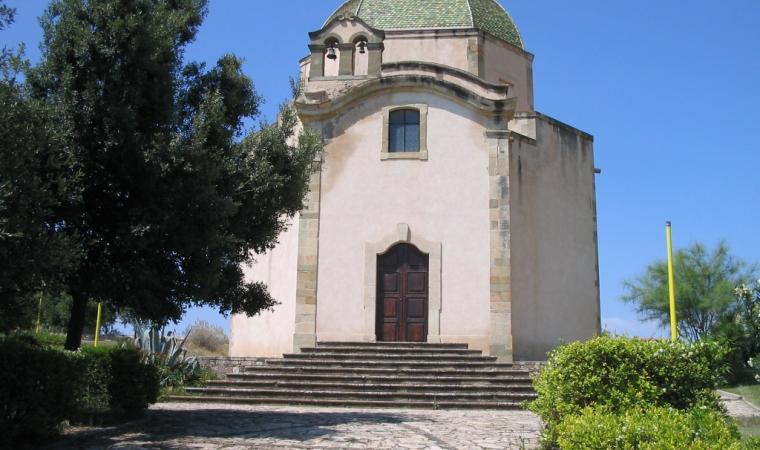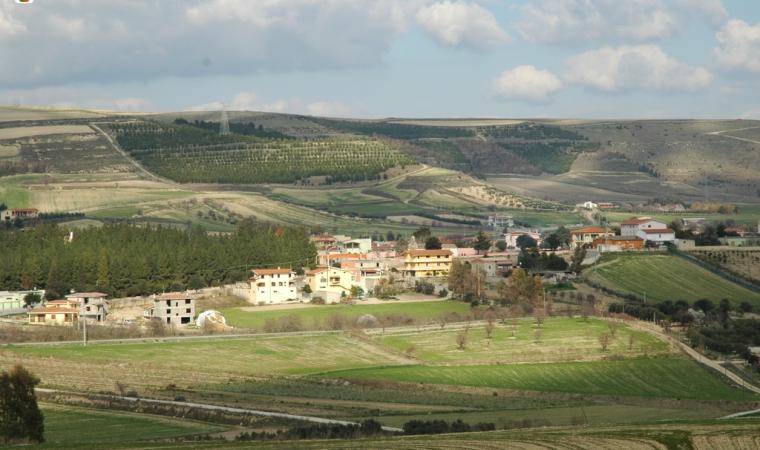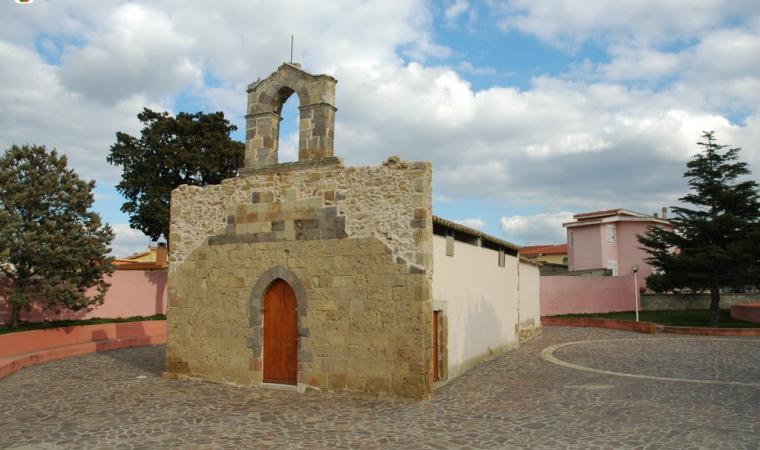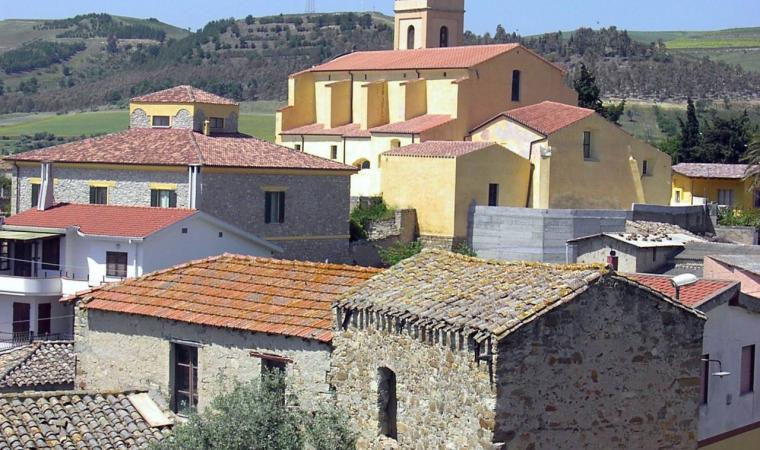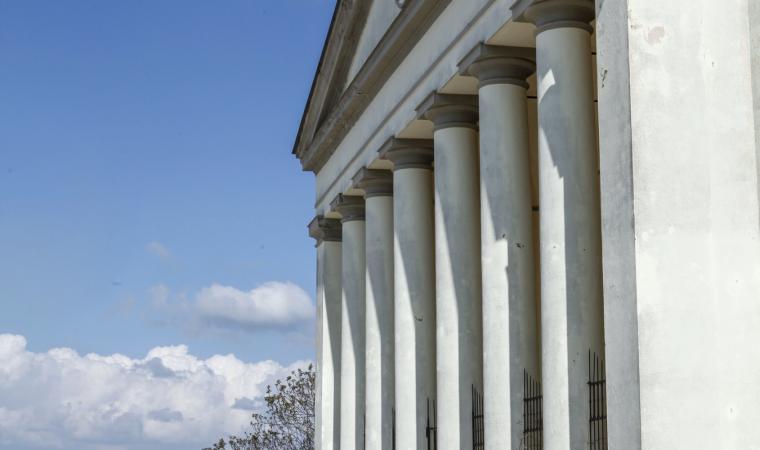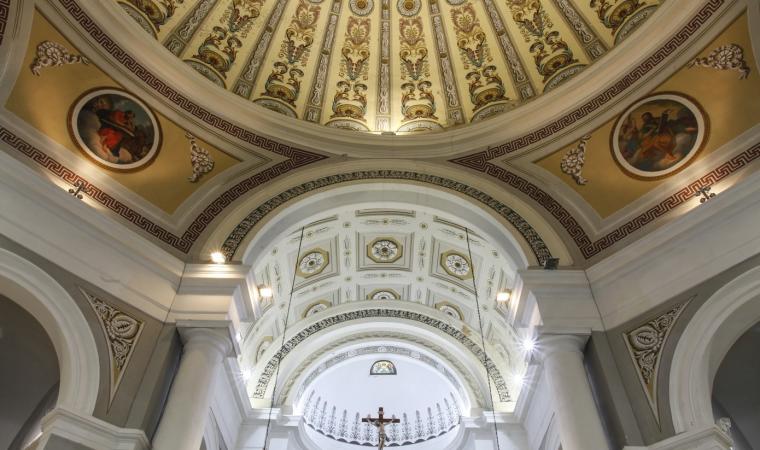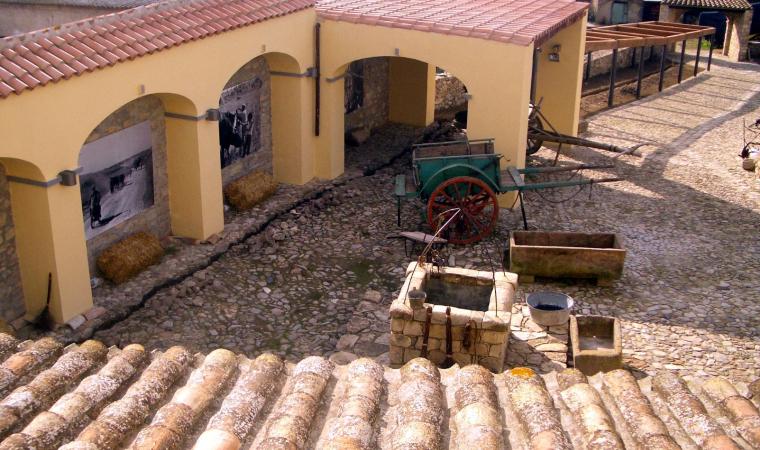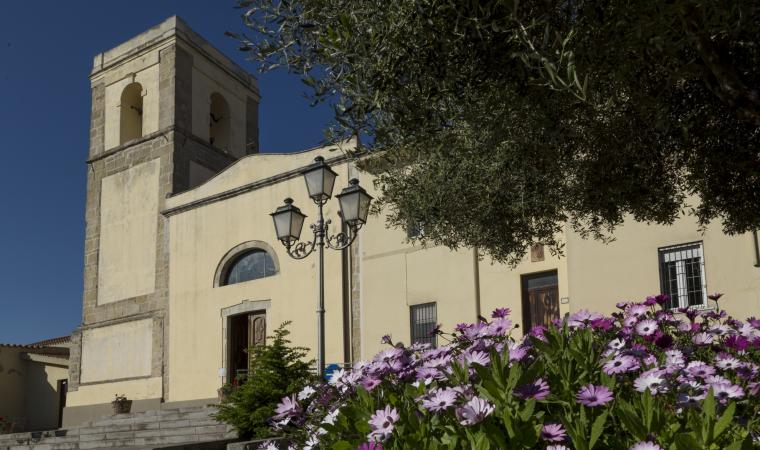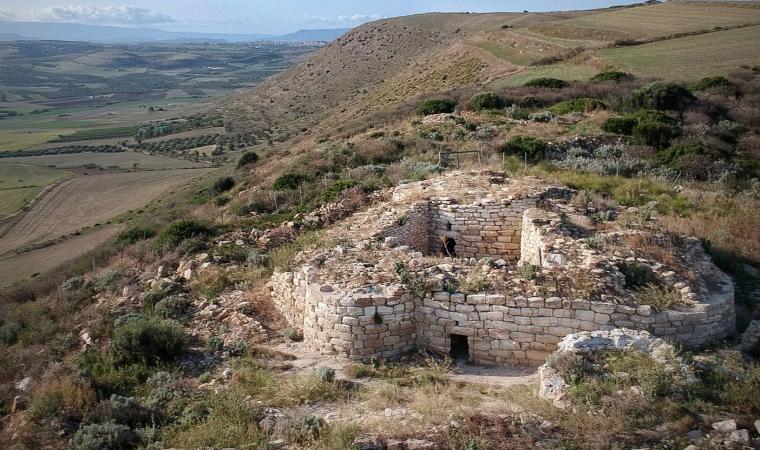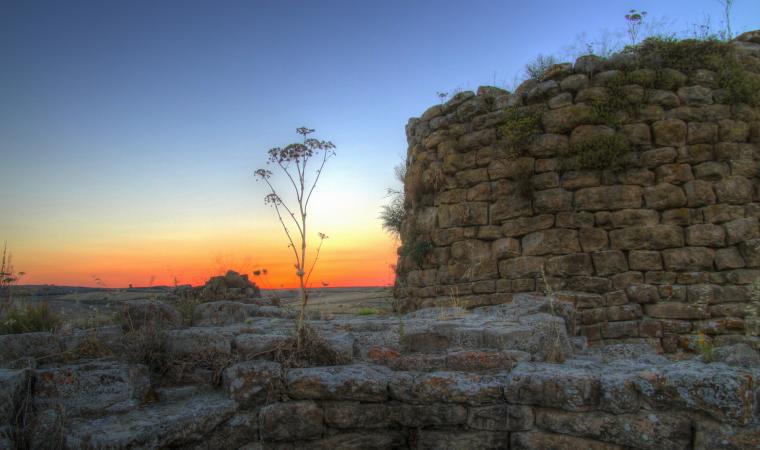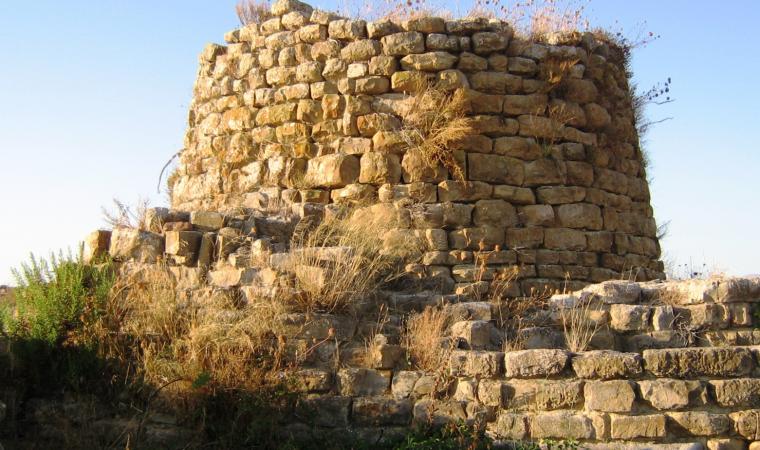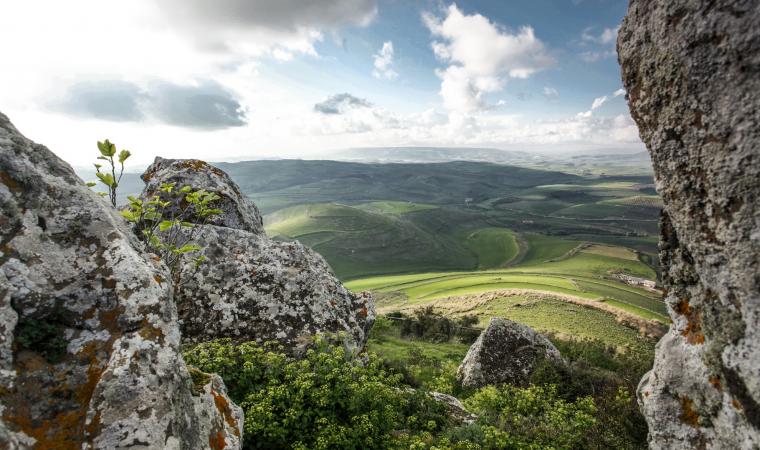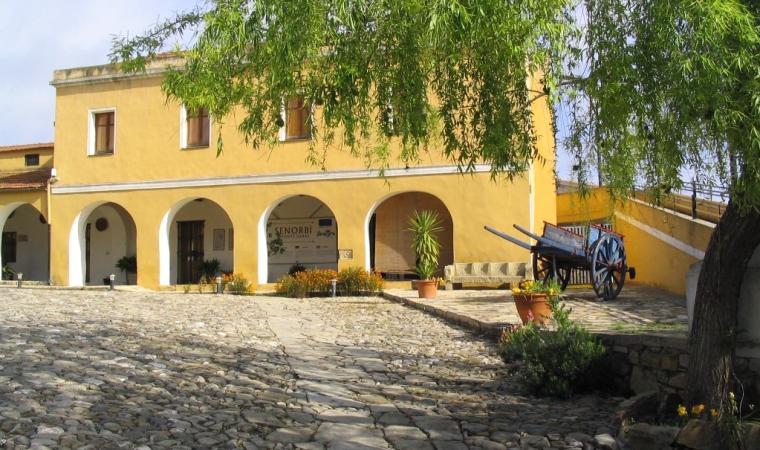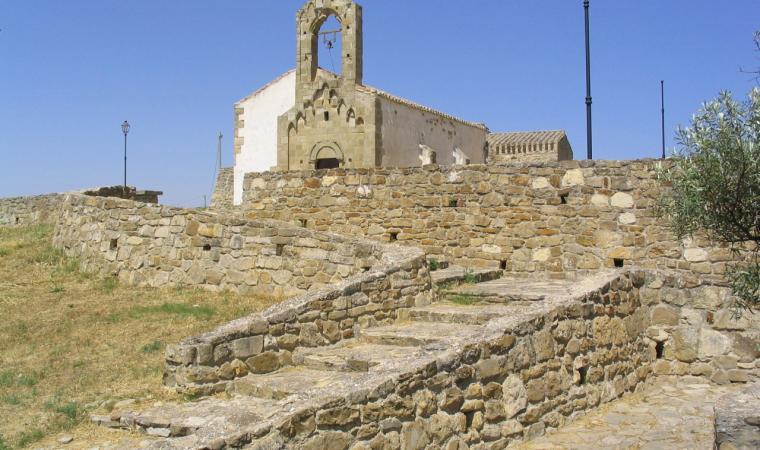Its undulating territory extends from the fertile hills of the Trexenta subregion to the slopes of the Saturno and San Giovanni mountains. Guamaggiore is a village with 1,000 inhabitants, where focus has always been on the production of grain. This has resulted in excellent durum wheat flour, from which fresh artisan pasta is made. One of the typical products is fava beans, protagonists of many a local dish. The gastronomic tradition is expressed in the particular preparation of snails, rabbit a su chittu and sweets (amarettus, gateau and pardulas).
Human presence in the territory of Gomaiori (in the local dialect) is documented from the pre-Nuragic era, with the settlements of the nearby Monte San Mauro dating back to the middle of the 4th millennium. Remains of no less than 25 Nuragic structures, often positioned to defend the territory, attest to the dense population in the Bronze Age. The Nuragic stones were reused for the construction of ancient Christian buildings of worship.

